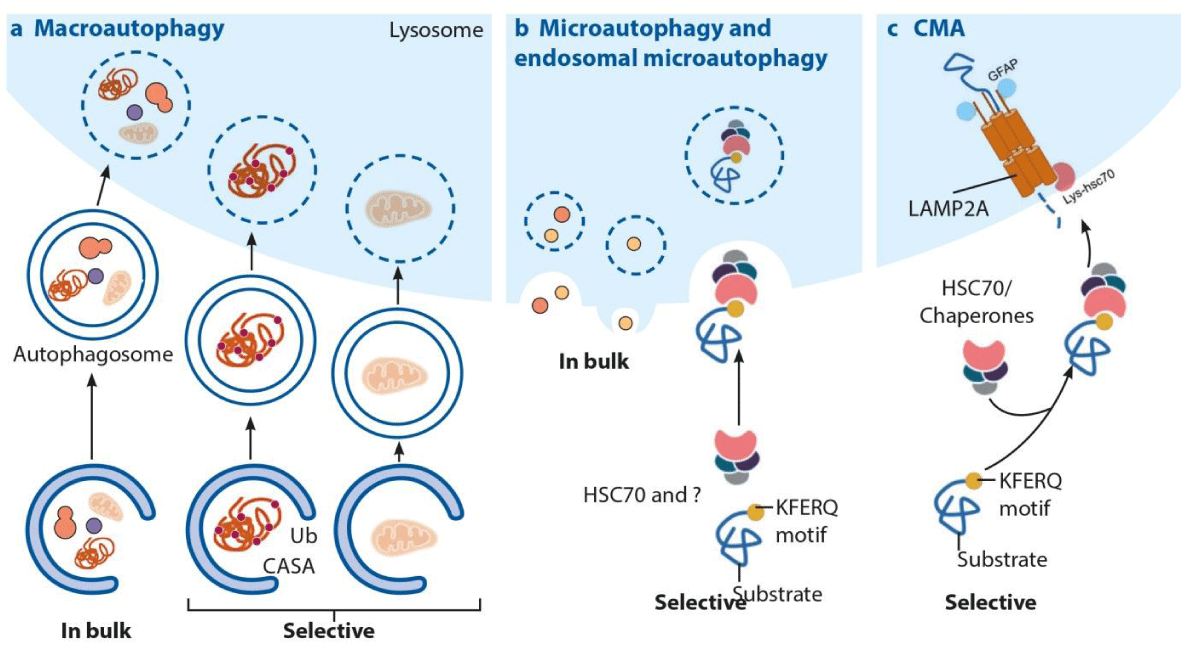

Photo Source: Yu et al (2022), doi.org/10.1007/978-1-0716-2071-7_3Ī critical component of CMA is a protein called lysosome-associated membrane protein type 2a (LAMP-2A) receptor, which aids proteins that have been targeted by CMA to bind and be internalised by the lysosome. One example is chaperone-mediated autophagy (CMA): this process is very selective, targeting only proteins for degradation. There are different types of autophagic pathways that exist in human cells, with some only targeting and breaking down certain material. This process removes unusable cellular matter so that new material can be assembled. Cell components that are defective or no longer required are delivered to the lysosome – the digestive system of the cell – to be broken down. The researchers provide a great tool for experimental evaluation of CMA in cancer models and pave the way into investigating the role of LAMP-2A deficiency in human cancer.Īutophagy is an important catabolic mechanism in human cells.Dr Helin Norberg and her team at Karolinska Institutet, Sweden, have successfully generated highly specific human LAMP-2A knockout cell models to study its role in multiple cancers.Until recently, there were no human knockout (KO) cancer models, which describe the role of LAMP-2A and CMA in carcinogenesis, due to difficulties in genetic editing of the associated gene.Chaperone-mediated autophagy (CMA) is important in various diseases, including cancer, and requires a protein called LAMP-2A to function.


 0 kommentar(er)
0 kommentar(er)
